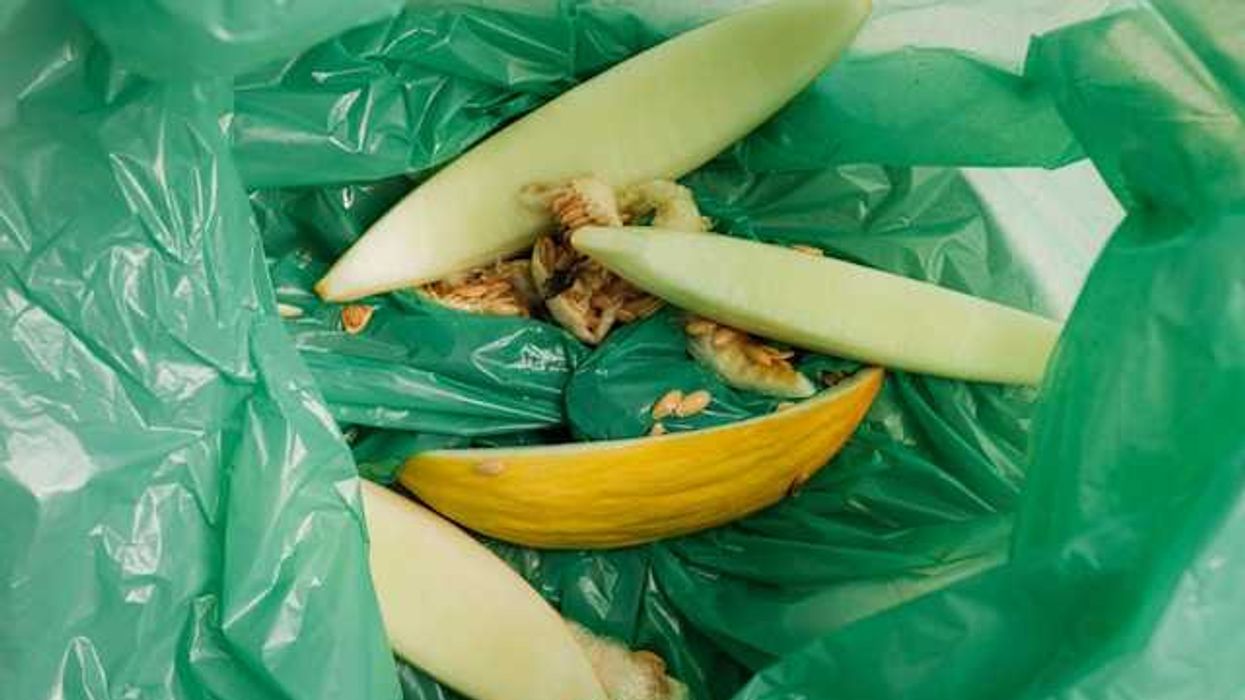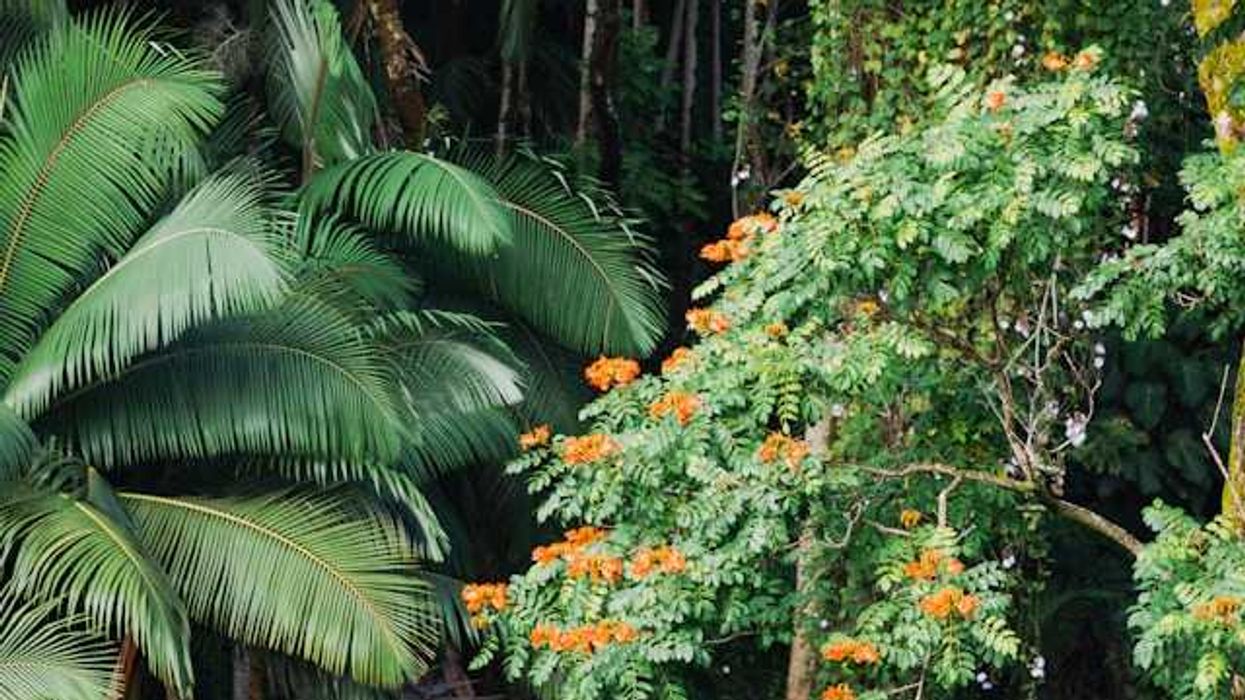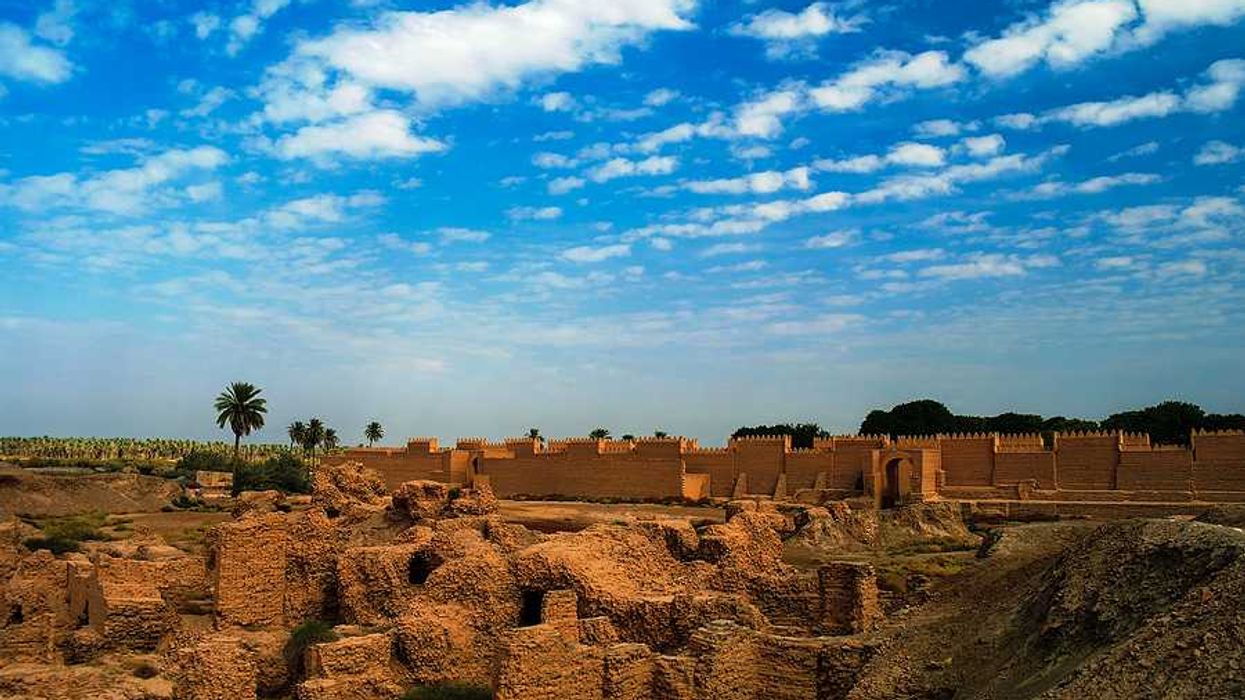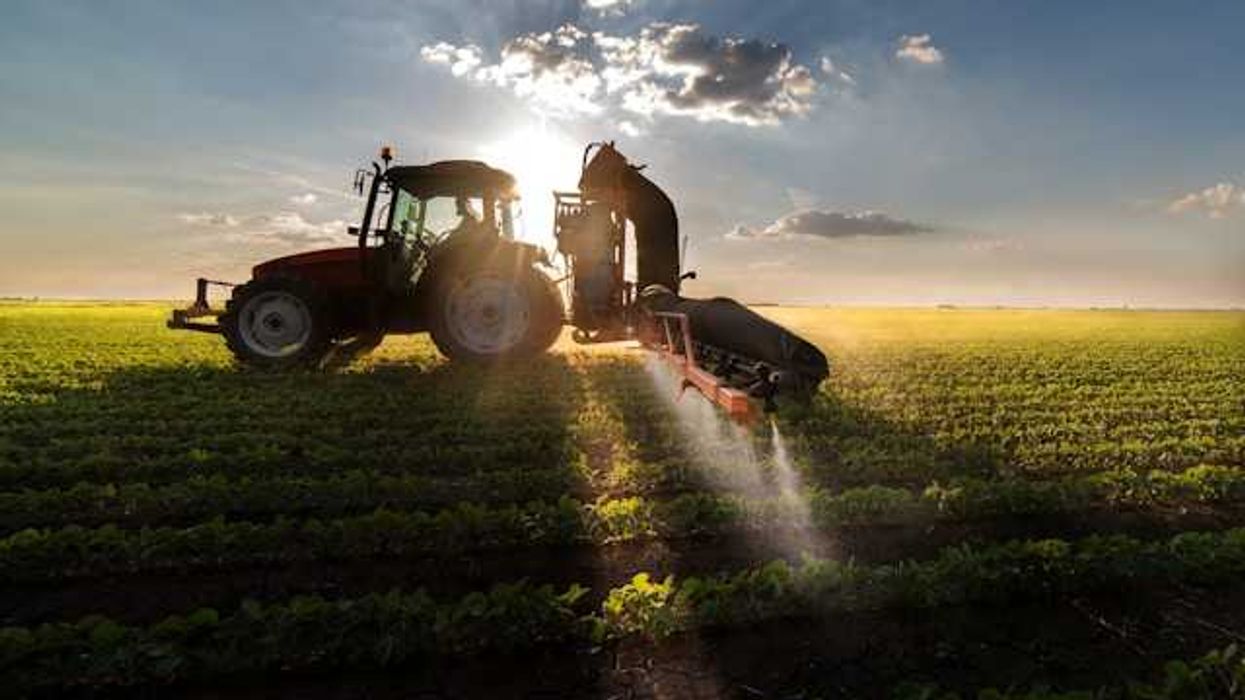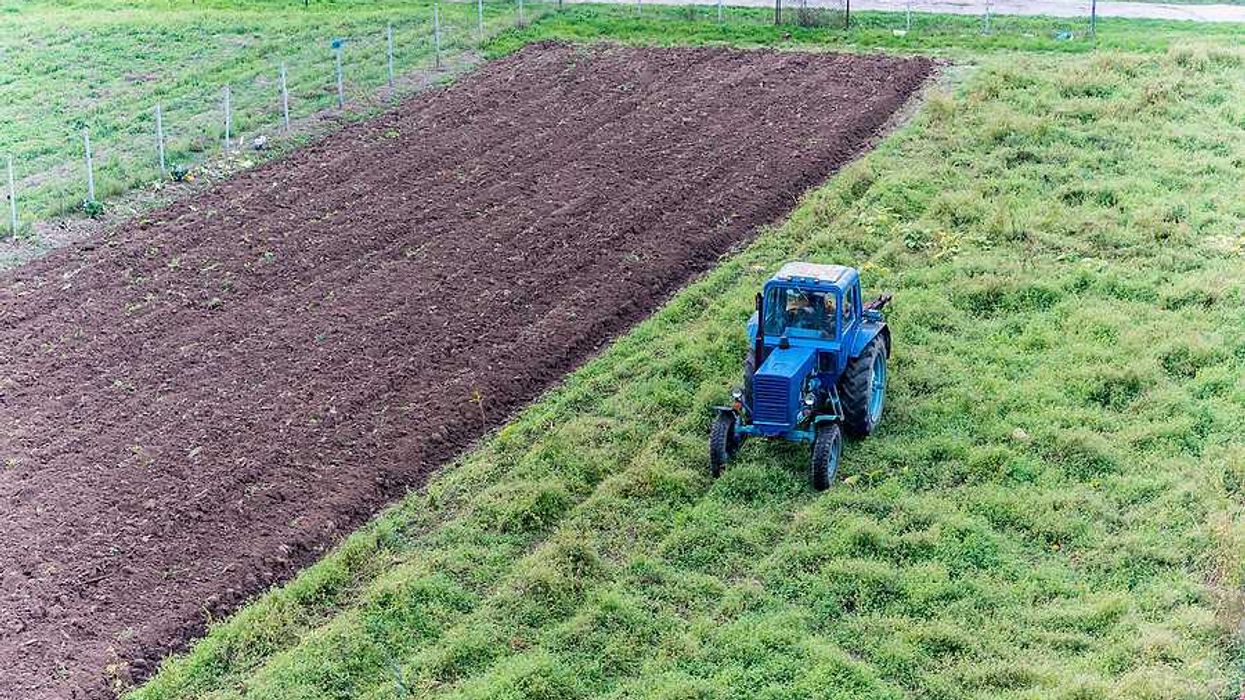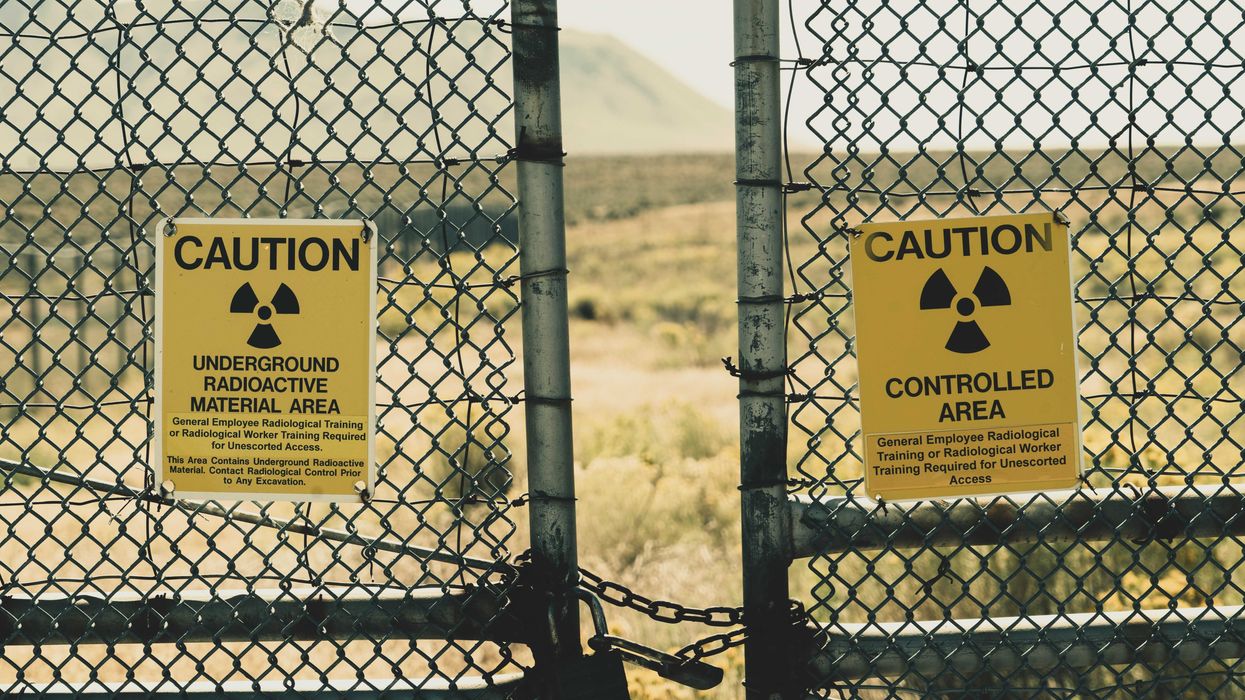In a fresh look at landscaping trends, households in the West are turning to native plants, raising concerns among Indigenous communities over resource allocation and cultural recognition.
Megan Ulu-Lani Boyanton reports for High Country News.
In short:
- Indigenous expertise in cultivating native plants is often overlooked in the growing trend toward natural landscaping in the American West.
- The commercialization of native plants threatens Indigenous access to traditional foods and resources, with unregulated harvesting posing environmental and cultural risks.
- Efforts like the National Seed Strategy aim to include Indigenous communities in the conversation, but challenges remain in ensuring their knowledge and rights are respected.
Key quote:
“What’s growing out there is not considered a commodity for us. It’s considered a way of life and our key to survival.”
— Michael Kotutwa Johnson, assistant specialist at the University of Arizona’s School of Natural Resources and the Environment
Why this matters:
At the heart of indigenous agriculture is the practice of companion planting, a method that involves growing different plants in proximity for mutual benefit. This technique enhances biodiversity, improves crop yield, and reduces the need for chemical fertilizers and pesticides. For example, the "Three Sisters" method—a traditional Native American approach—integrates corn, beans, and squash. Corn provides a structure for beans to climb, beans fix nitrogen in the soil to nourish all three plants, and squash's broad leaves shade the soil, preserving moisture and deterring weeds.



